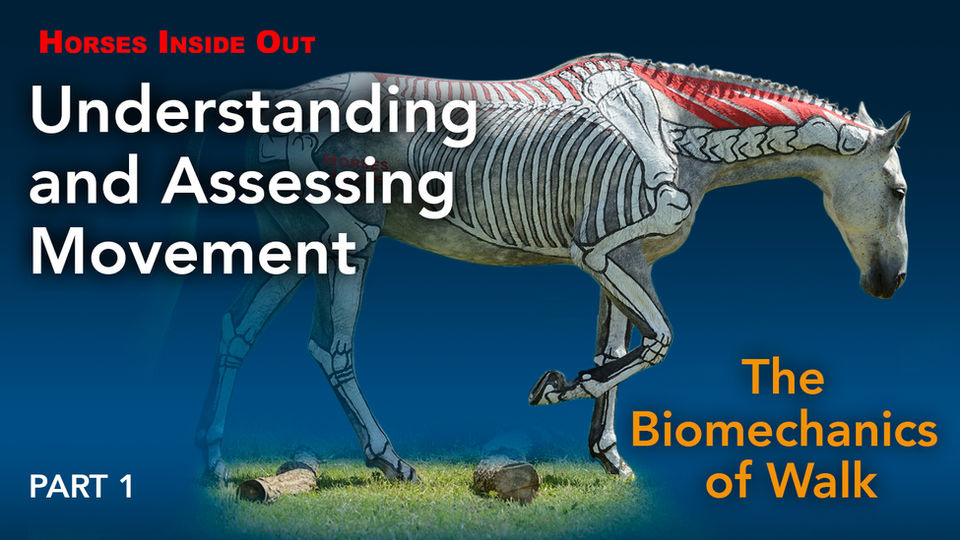Polework and Gymnastic Jumping - On-Demand Webinar
Gillian explains the biomechanics of how the horse jumps to help you assess your horse and the relevance of each of the exercises for your horse. Prepare to be inspired and motivated by this on-demand webinar!
Having video clips of anatomically painted horses performing the exercises really helps to bring this webinar to life. This recorded webinar focusses on canter poles, bounces and gymnastic jumping. It begins by looking at the biomechanics of how the horse canters. It studies head and neck position, hind limb and forelimb action as well as the biomechanics of the hip pelvis, and lumbosacral junction.
The main part of the webinar looks at polework and jumping configurations, how to ride them and how they benefit your horse. Whether you are interested in dressage, eventing, pleasure riding or jumping, both you and your horse will the benefit from the biomechanical advantages demonstrated in this webinar.
As well as developing skill and accuracy, canter polework provides interest and ‘joie de vivre’. It encourages suppleness, agility and a strong and mobile musculoskeletal system. The exercises demonstrated can make a valuable contribution to balance, power, expression, straightness, flexibility, scope, cadence, the ability of the horse to engage his hindquarters, improve hoof eye co-ordination and adjust stride length.
Watch Trailer
This on-demand webinar was recorded on the
2nd June 2021 and is episode 5 of series 2.
Course Structure
Following an introduction covering the muscular, joint and neurological benefits of polework and jumping and how to walk distances. The exercises in this online lecture are split into 6 parts :-
Exercises for Rhythm, Regularity and Adjustability
Exercises for Straightness
Exercises for Lateral Balance and Flexibility
Exercises for Strength and Power
Exercises for Reach and Scope
Gymnastic Jumping Grid Exercises
UNLIMITED ACCESS
Anytime - Anywhere - As many times as you like!
Once purchased, you can watch this on-demand webinar at any time and as many times as you like from any device and from the comfort of your own home! Just make sure you are logged in and then watch it by pressing the button below.
Other on-demand webinars you may enjoy...
- 80£
- 40£
- 30£





















